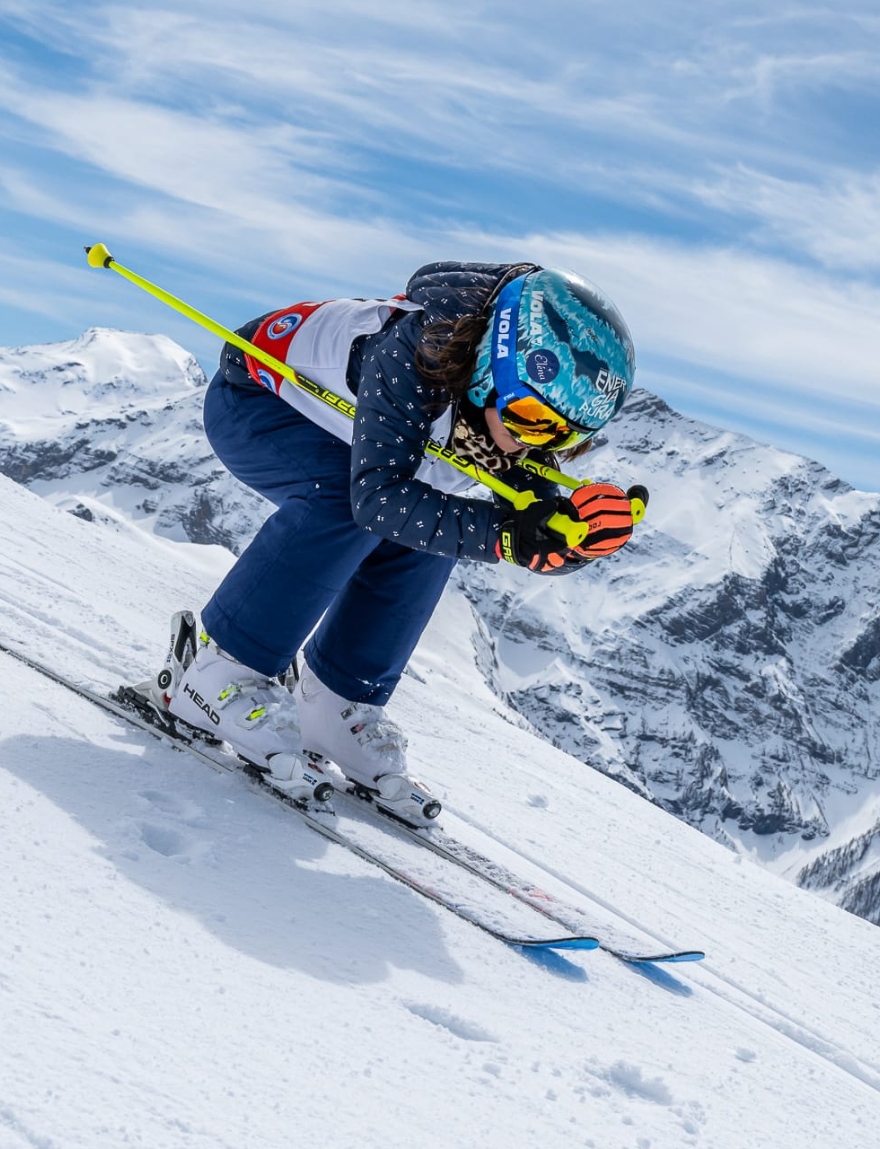Every route has its distinctive elements, its twists and turns, and protagonists ready to create their own story. This is that of Galdino and the Beltramello family, an adventure shaped like a pair of poles that have continued to guide us since 1956 on the slopes and trails of more than 80 countries around the world.
From Bassano del Grappa, Gabel began its first steps on the wings of a stylized ladybug. This is the logo of the early days, which Galdino Beltramello chooses to accompany the beginning of a dream made of ski poles, made in the scraps of time and in a home environment. Among his helpers are his sister Paolina and brother-in-law Carlo; above all, there is his wife Luciana and, in time, his four children, Cristina, Paola, Gianpietro and Marta.
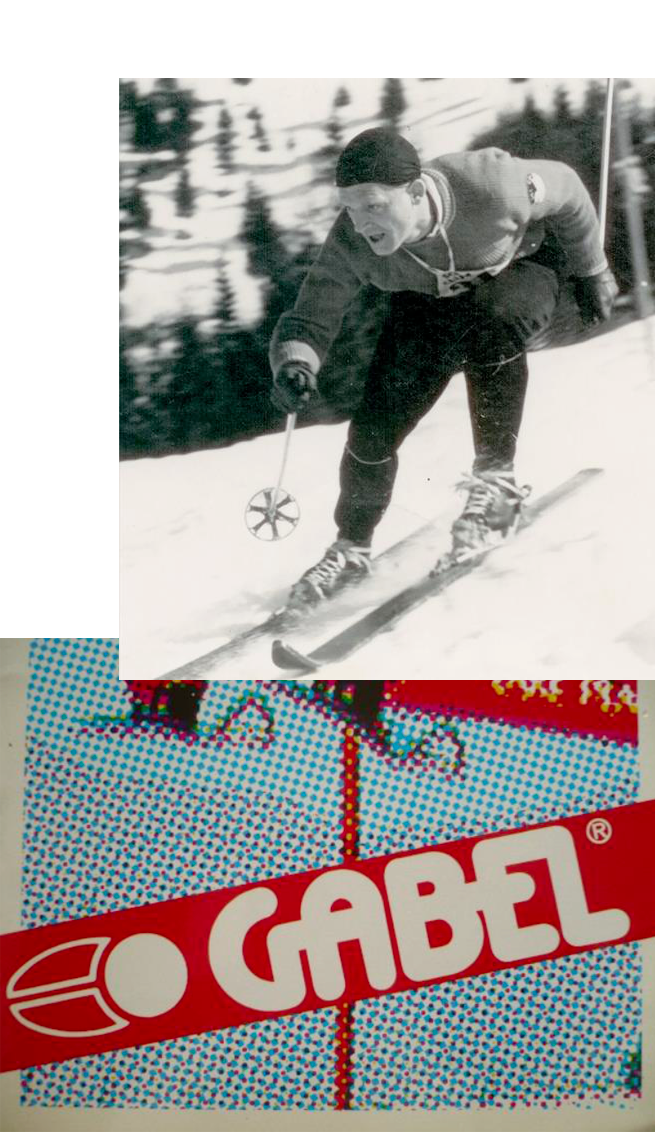
With the presence of Gabel’s poles at trade show booths, the company shifts into high gear and receives its first major order: 2,000 pairs of poles for a Swiss customer. The audience then begins to expand, both in Italy and abroad. Work at Smalterie Venete is still the safe harbor that keeps a family’s economy growing. After Cristina and Paola comes Gianpietro, who, between bicycle rides, begins to take his first steps into what will be his future.

After years of important national and international assignments and transfers, the Smalterie Venete chapter comes to its conclusion. The company went bankrupt, leaving its workers for a long time at the mercy of union battles and economic difficulties. Meanwhile, the Beltramello family expanded with the arrival of little Marta in 1975. Although they had four children and no secure pay, Galdino and Luciana did not lose heart: the time had come for Gabel to take off.
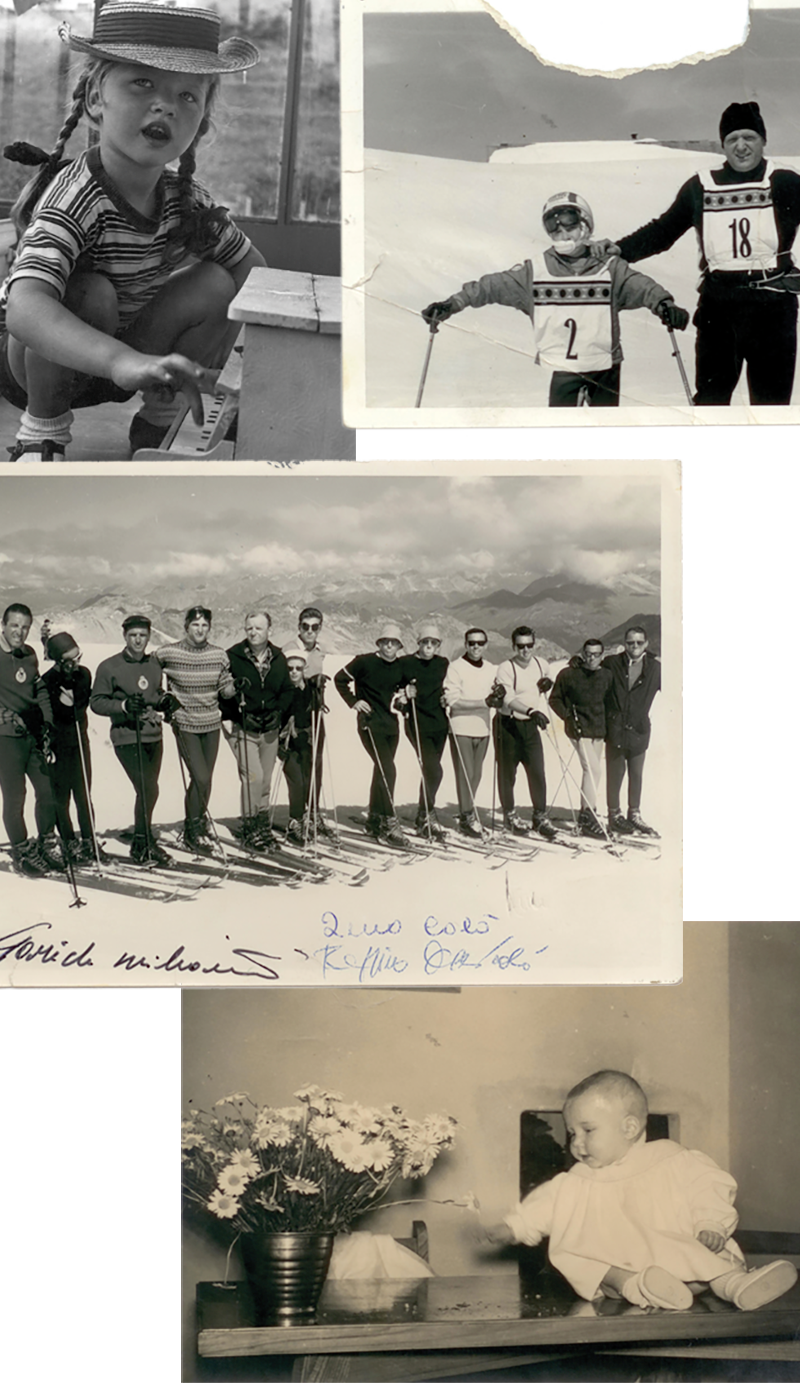
n 1980 the first proper Gabel factory was born. Even in its first months, the new location was animated by that spirit of research and innovation that Galdino has always championed. There is certainly no shortage of difficulties and problems to solve, but the spirit of the Beltramello family is stronger than ever. Among the various arrangements is the expansion of the catalog, in which the first collections dedicated to trekking are included.

In the early 1980s, the first technologies by Gabel began to make their appearance. The Skistopper inaugurates the long series of innovations that, over the decades, characterize the brand. Mounted between the toe and heel of the bindings, the skistopper increases the skis’ grip on the snow, ensuring that they do not slide downhill in the event of a release.
Alongside the sole proprietorship, the company expanded with the establishment of Gabel Srl, whose helm was placed in the hands of Gianpietro. In its early days, Gabel Srl sold ski repair machines, but it was not long before it expanded to more product lines.
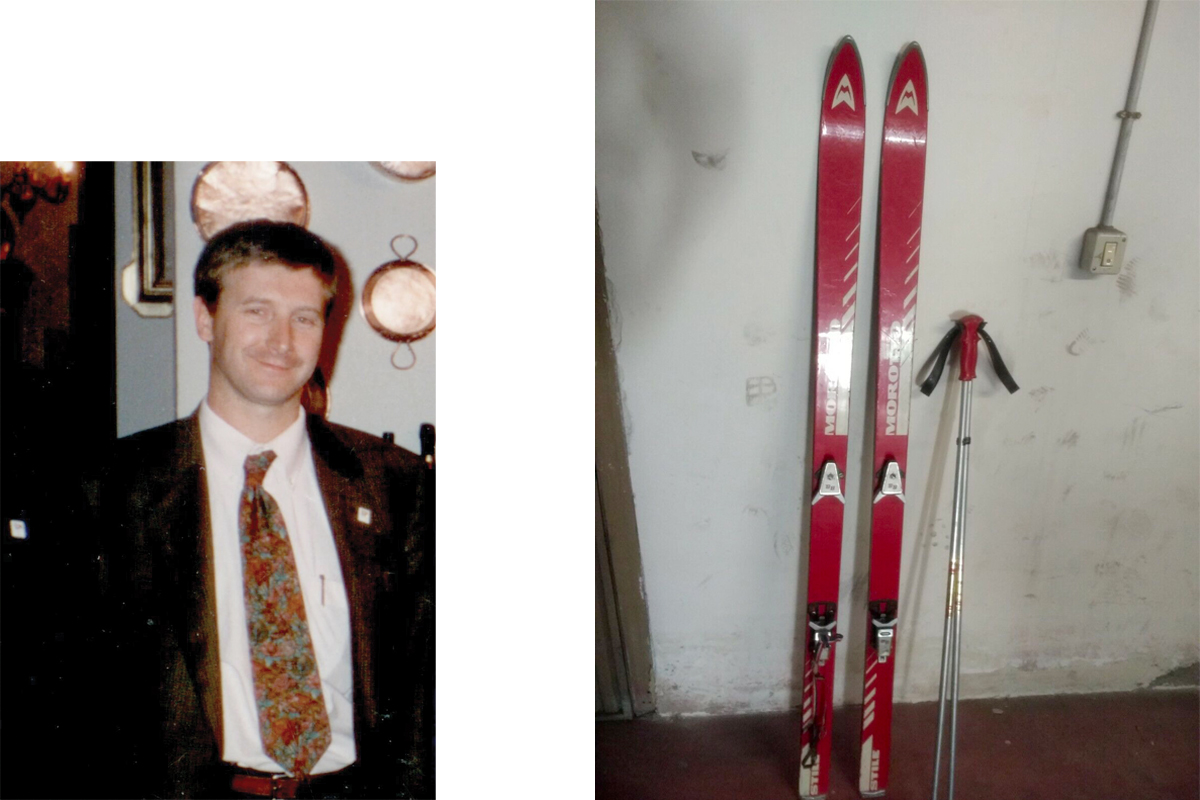
The early 1990s marked an important transition. After having had his company born and growing, Galdino decided to completely hand over the reins to his son Gianpietro. Flanked by his sister Paola and also followed by Marta, Gianpietro implements an expansion plan that fortifies the brand’s presence in Europe and North America. Gabel factories are established in Canada and then-Czechoslovakia.
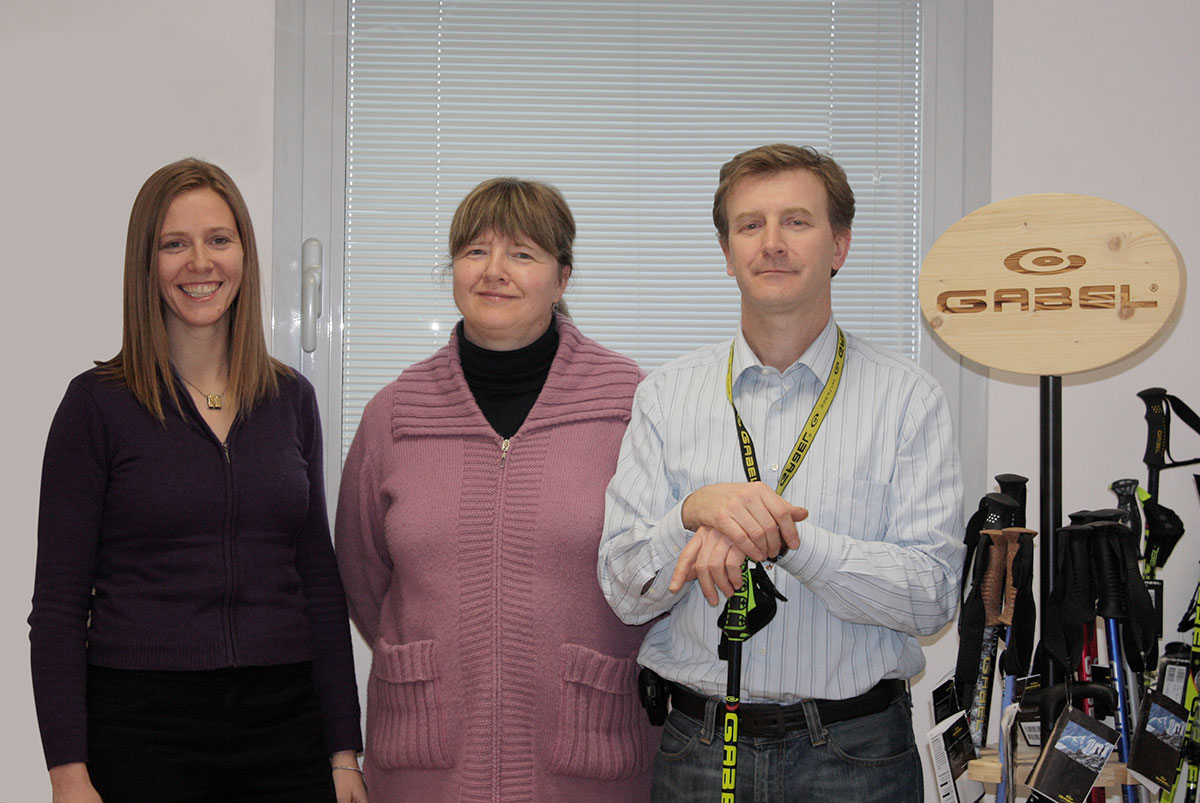
After ski and trekking poles, Gabel decided to take up Nordic Walking. The success of this sport reaches from Finland all the way to Europe. Nordic walking associations are born at the national and international level, thus giving lifeblood to the production and sale of dedicated poles. Gabel and Marko Kantaneva, the originator of this discipline, establish a partnership that lasts to this day.
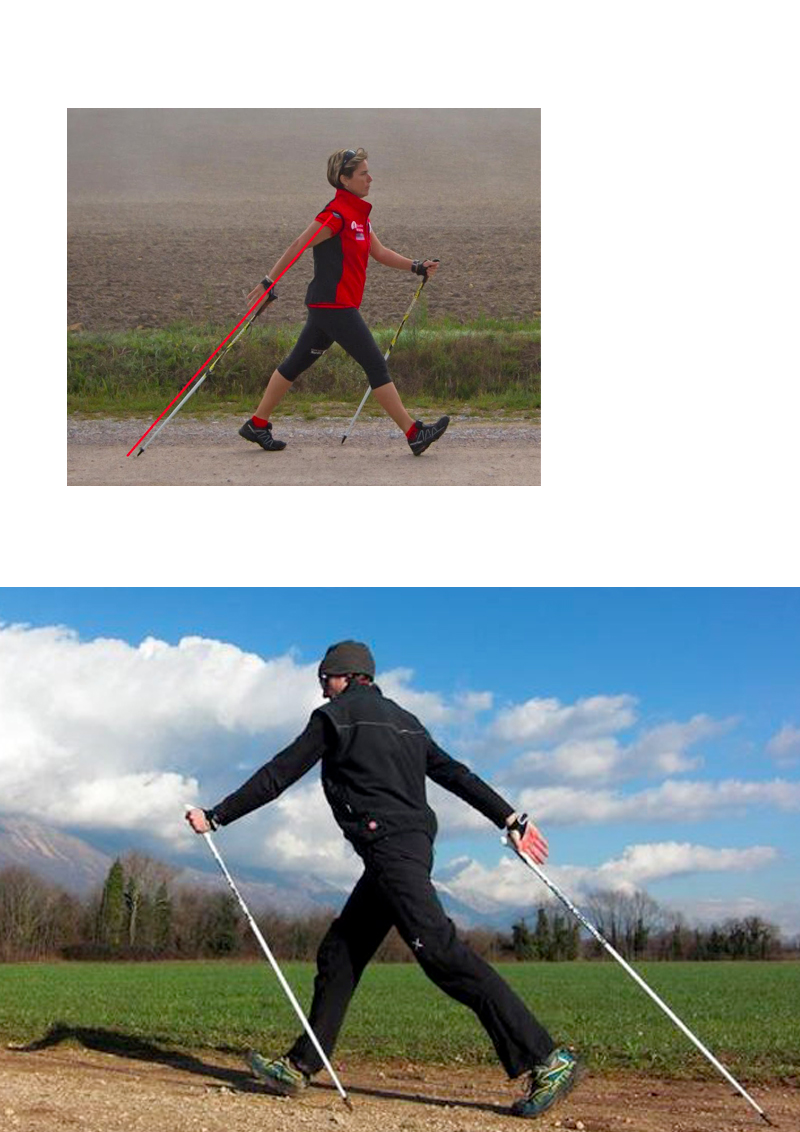
The 00s arrive, and Gabel turns its eyes more and more toward development and research. The R&D Area Team works to create something that can contribute to a better experience on trails of various kinds. T.P.L. (Top Performance Locking), an internal locking system with dual friction points, is born. Taking advantage of the expansion of 2 shells placed inside the barrel, the system allows the pole’s ability to withstand pressure up to 130 kg to be increased.

In Gabel’s laboratories, the team reason about how the Nordic Walking pole can adapt to a walker’s needs. Among them, the need for an automatic or manual release system for the hand strap emerges. Thus was born the N.C.S. (Nordic Click System), Gabel’s patented system.
The N.C.S. offers the same level of connection, control, and force transmission as a pole with an integrated hand strap (F.L.S. Fit Link System), but allows it to be released when needed or for safety reasons. By manually clicking on a button or automatically with an overload over 48 kg, this technology allows for quick and easy release of the strap.
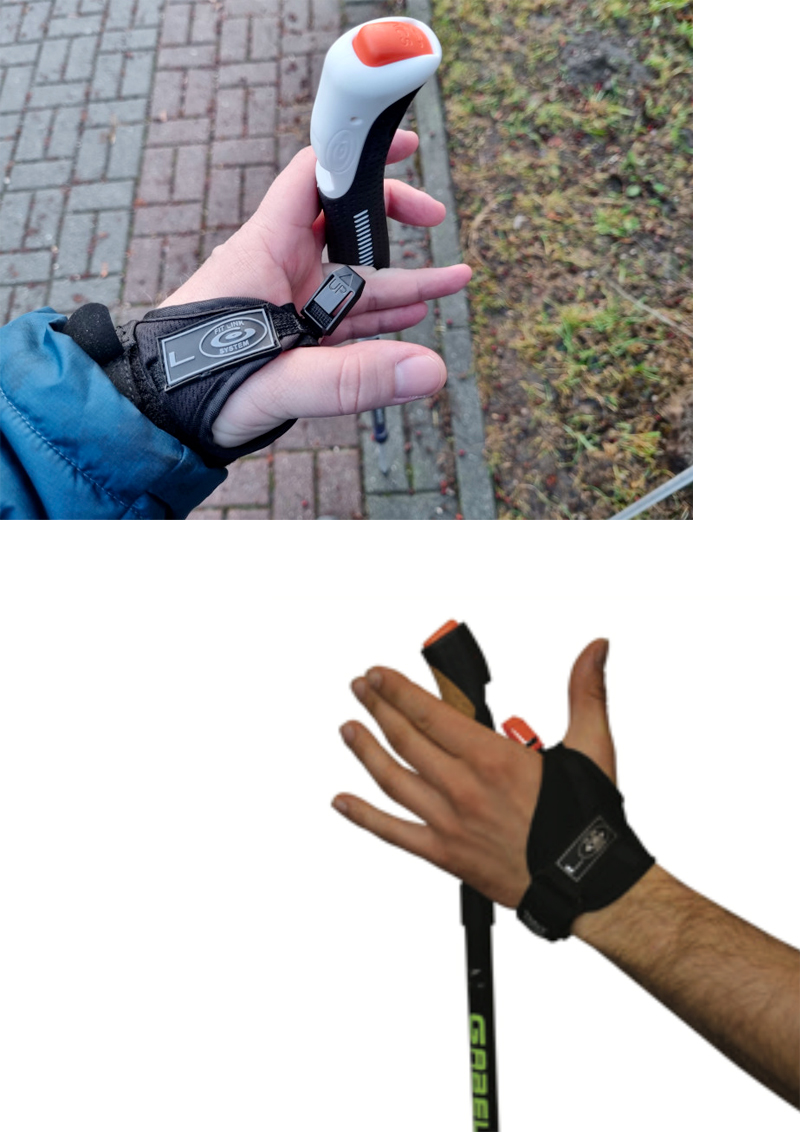
The new plan to rationalize resources and improve logistics brings the entire production process to Italy. Gabel’s headquarter is moved from Tezze sul Brenta to Rosà (VI), where they still channel all processes, some of which were previously located in other countries. Thanks to new logics, production is expanded to include trail running poles. In particular, new technologies are born, such as the patented Anti – Impact, a system capable of absorbing harmful vibrations, limiting the risk of musculoskeletal inflammation in the upper limbs.
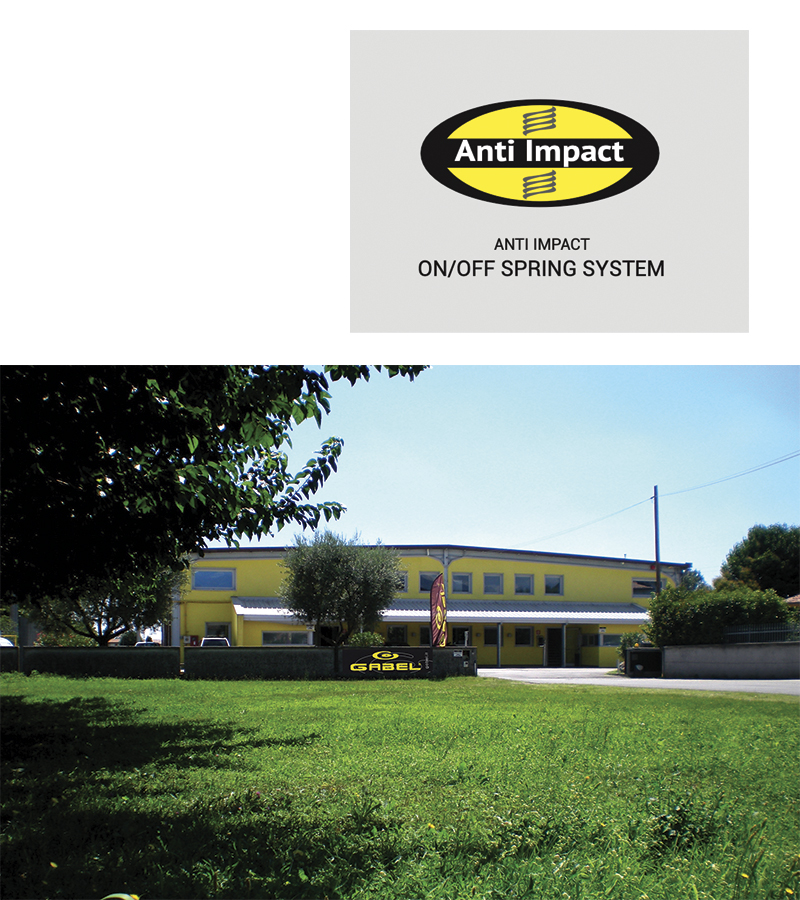
For decades, Gabel has also been an established brand in the trekking sector. Dedicated hiking poles are telescopic and foldable, designed for easy and space-saving use depending on the needs dictated by the trail. Attention to the needs of hikers is focused on the strap: the patented T.C.S. (Top Click System) technology was born.
T.C.S. allows the size of the strap to be adjusted or removed without any additional tools, allowing for easy replacement and washing. The ability to pull out the strap also makes the poles suitable for off-piste use where, in the event of an avalanche, the poles could be an obstacle to buoyancy.

Entering Gabel’s collections during the early 00s, trail running is a sport that is gradually beginning to expand its ranks. Mountain running requires poles that are lightweight, durable and, above all, easily folded quickly. The Twist Lock is Gabel’s answer to the needs of professionals. This patented technology consists of a system of rotating sections, which allows the parts of the pole to be unfolded or secured. The Twist Lock patent helped create the lightest 16 mm diameter trail running poles on the market.

Always committed to innovation projects and with digital experience behind them, in 2015 Gabel started a collaboration with DIMEAS (Department of Mechanical and Aerospace Engineering) of the Polytechnic University of Turin to develop a stick capable of monitoring the movement of the Nordic Walking technique. On the one hand, the Turin Polytechnic team led by Prof. Somà deals with the algorithms and the electronic part, and on the other hand, the CeRiSM team led by Prof. Schena studies the movement and its biomechanics: thus begins the creation of the Gabel e-poles digital poles.
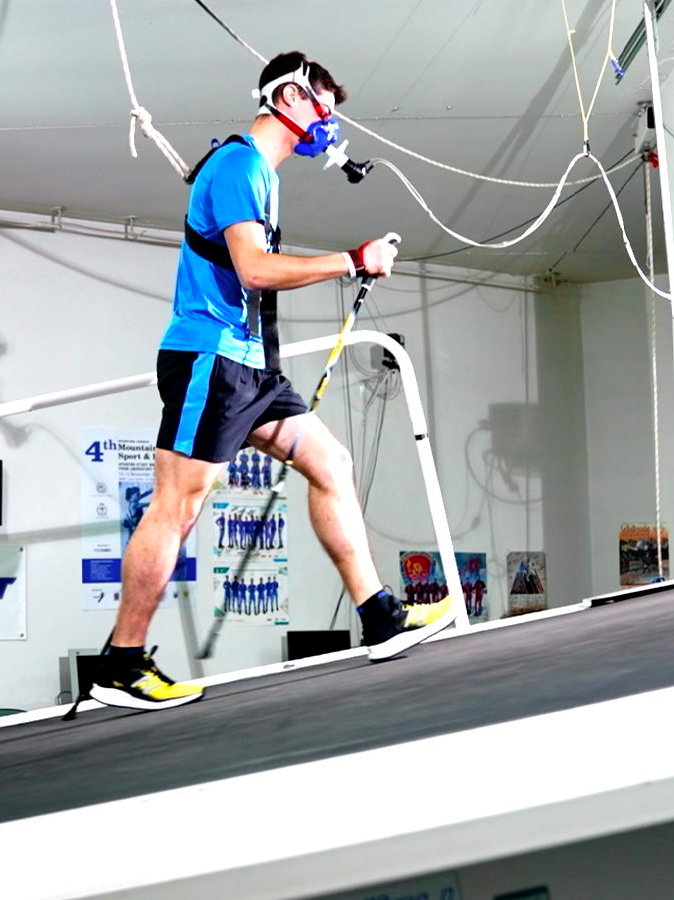
What was started in 2015 reaches its first milestone: the Capocaccia Prize. The prestigious award, which is given to scientific projects in the fields of mechanics, experimental analysis and modeling, is given in 2017 to research titled “Nordic Walking Performance Analysis with an Integrated Monitoring System,” carried out by Prof. Somà and researchers Francesco Mocera and Giuseppe Aquilino.
The research is based on the study of a monitoring system of Nordic Walking technique thanks to an integrated digital system placed inside the poles.
La ricerca si basa sullo studio di un sistema di monitoraggio della tecnica del Nordic Walking grazie ad un sistema digitale integrato posto all’interno dei bastoncini.
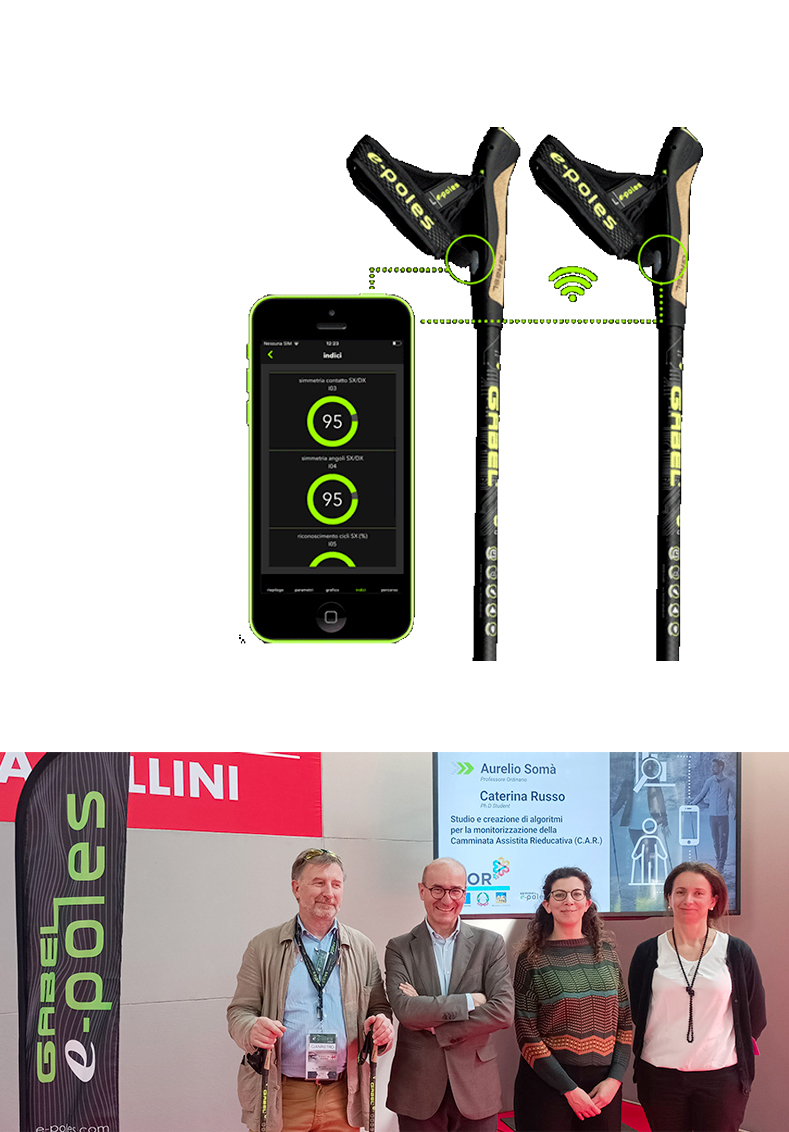
Gabel e-poles, which can digitally monitor walking, are introduced to the world. Unique in their kind, they are received with much interest both in the context of Nordic walking and in the medical field. They are still the only poles in the world capable of monitoring Nordic walking technique and C.A.R. (Re-educational Assisted Walking) by returning parameters that no other digital device can give.

Gabel e-poles get class 1 medical device certification. Presented for the first time at the Exposanità trade show in Bologna, they become the tool used by health care professionals in the A.F.A., rehabilitation and health promotion fields, in therapeutic care pathways for exercise-sensitive diseases, in orthopedic, neurological, cardiological, metabolic and oncological fields.




 CROSS COUNTRY
CROSS COUNTRY 